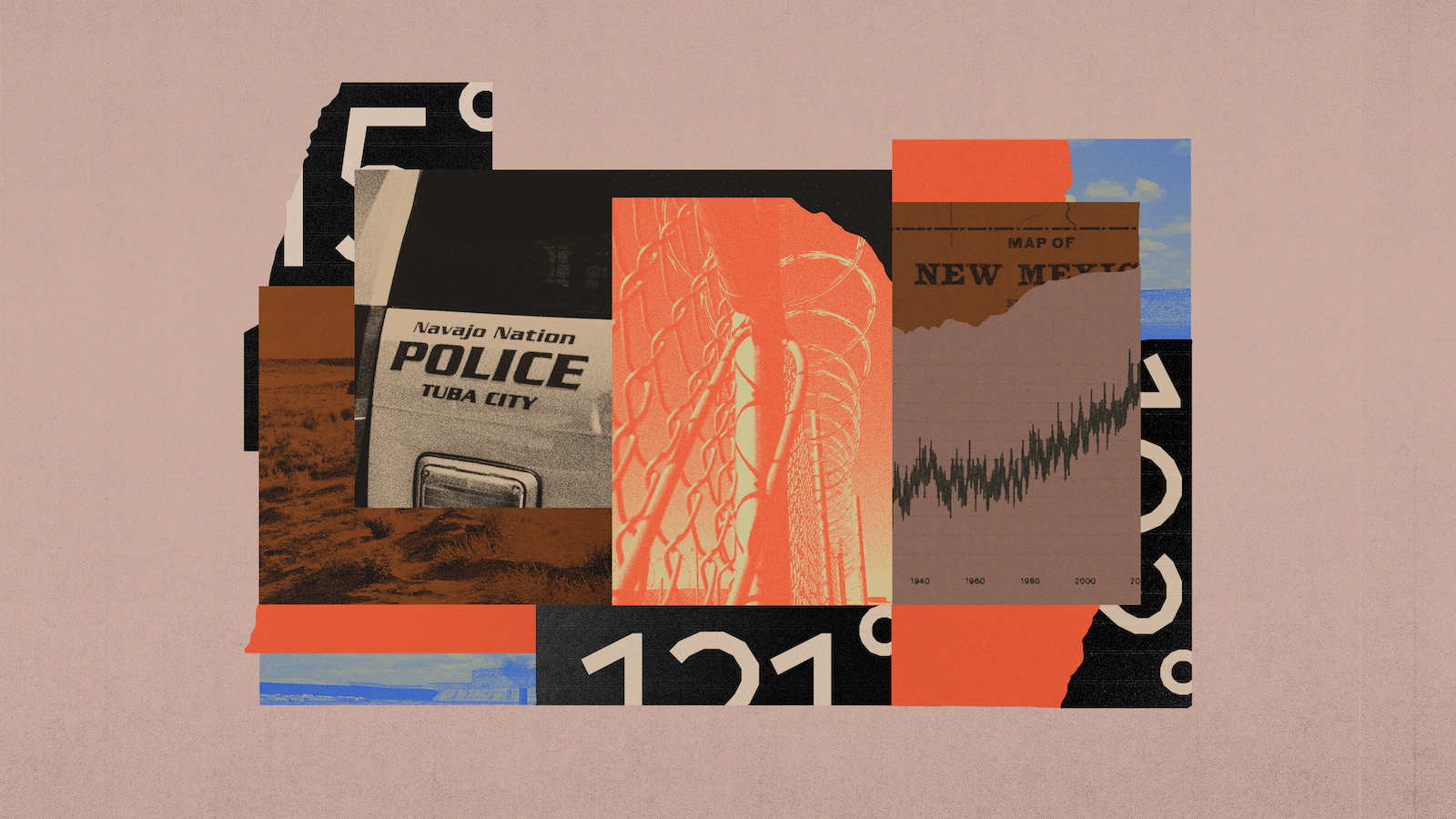Today, Grist is making a dataset on tribal jails in the United States available to journalists and the public after a hard-fought records battle.
Earlier this year, Grist published an investigation into the disproportionate threat that extreme heat poses to incarcerated populations in detention facilities run by tribal nations or the Bureau of Indian Affairs, or BIA. As part of the project, our reporters sent Freedom of Information Act requests to determine the locations of 81 tribal jail facilities. The Bureau of Indian Affairs, the agency in charge of those records, refused to release the physical addresses of those jails and detention centers. After multiple requests to the BIA, officials revealed only the towns in which tribal facilities were located, but no street or mailing addresses.
Grist appealed the agency’s response — and won. We now have the exact locations of all U.S. tribal jails and detention centers, information that, to our knowledge, has never been made public before.
It should be noted that the release of this information does not change our analysis, only sharpens future researchers’ and newsrooms’ ability to report on these facilities. The data can be accessed here.
Building on reporting from Alleen Brown for The Intercept, Grist’s analysis, published in May, tracked heat risk for tribal jails and detention centers spread across 20 states. We found nearly 20 percent of tribal facilities already face more than 50 days per year with a heat index above 90 degrees — the point at which heatstroke and heat exhaustion become much greater risks, particularly for vulnerable groups, such as elderly and obese people, and those with preexisting health conditions. Within 80 years, if emissions continue to grow at their current rate, 3 out of 4 tribal facilities could experience 50 days or more above that threshold, and 10 facilities could experience more than 150 days over it. Our reporting also found that tribal jails have a long history of mismanagement, leaving them ill-equipped to protect their incarcerated populations from such extreme temperatures.
“The BIA’s refusal to release exact locations of detention facilities it funds and supports reflects an absolute moral failure to be transparent with tribal and American citizens: Any facility even vaguely resembling a ‘secret prison’ is appalling,” said Tristan Ahtone, Grist’s editor at large who leads the newsroom’s Indigenous Affairs desk. “We hope that the release of this data will aid reporters, scholars, and advocates working to shed light on this parallel detention system.”
Email partnerships director Rachel Glickhouse at rglickhouse@grist.org if you have questions about the data or end up using it for reporting.




